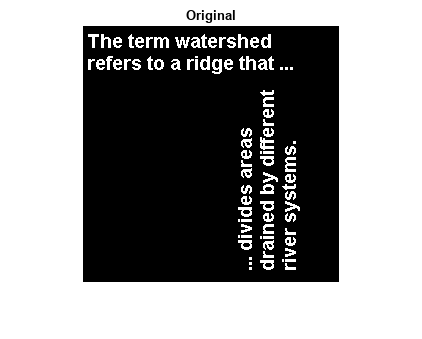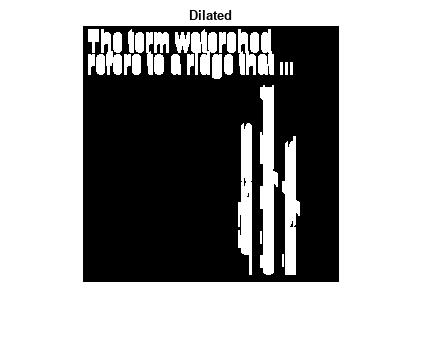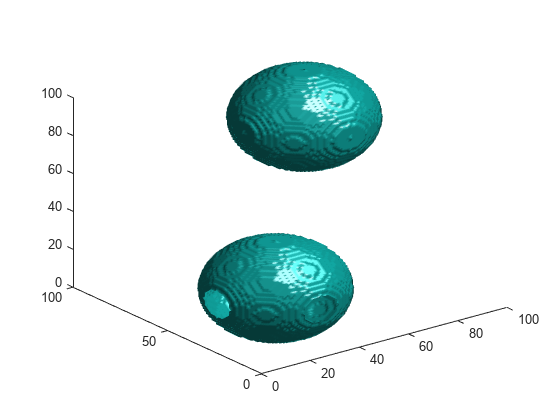imdilate
영상 팽창
설명
예제
입력 인수
출력 인수
세부 정보
팁
영상
I의 차원 수가 구조 요소의 차원 수보다 높을 경우,imdilate함수는 동일한 모폴로지 팽창을 더 높은 차원을 따라 모든 평면에 적용합니다.이 동작을 사용하여 RGB 영상에 모폴로지 팽창을 수행할 수 있습니다. RGB 영상에 대해 2차원 구조 요소를 지정하여 각 색 채널에서 개별적으로 연산을 수행합니다.
구조 요소 이웃을 지정하면
imdilate는floor((size(nhood)+1)/2)를 통해nhood의 중앙 요소를 결정합니다.imdilate는 구조 요소 객체에 대한 분해가 존재하는 경우 이를 자동으로 활용합니다. 또한imdilate는 분해가 있는 구조 요소 객체로 이진 팽창을 수행할 때, 팽창 속도를 높이기 위해 이진 영상 패킹을 자동으로 사용합니다[3].
참고 문헌
[1]
[2]
[3]



